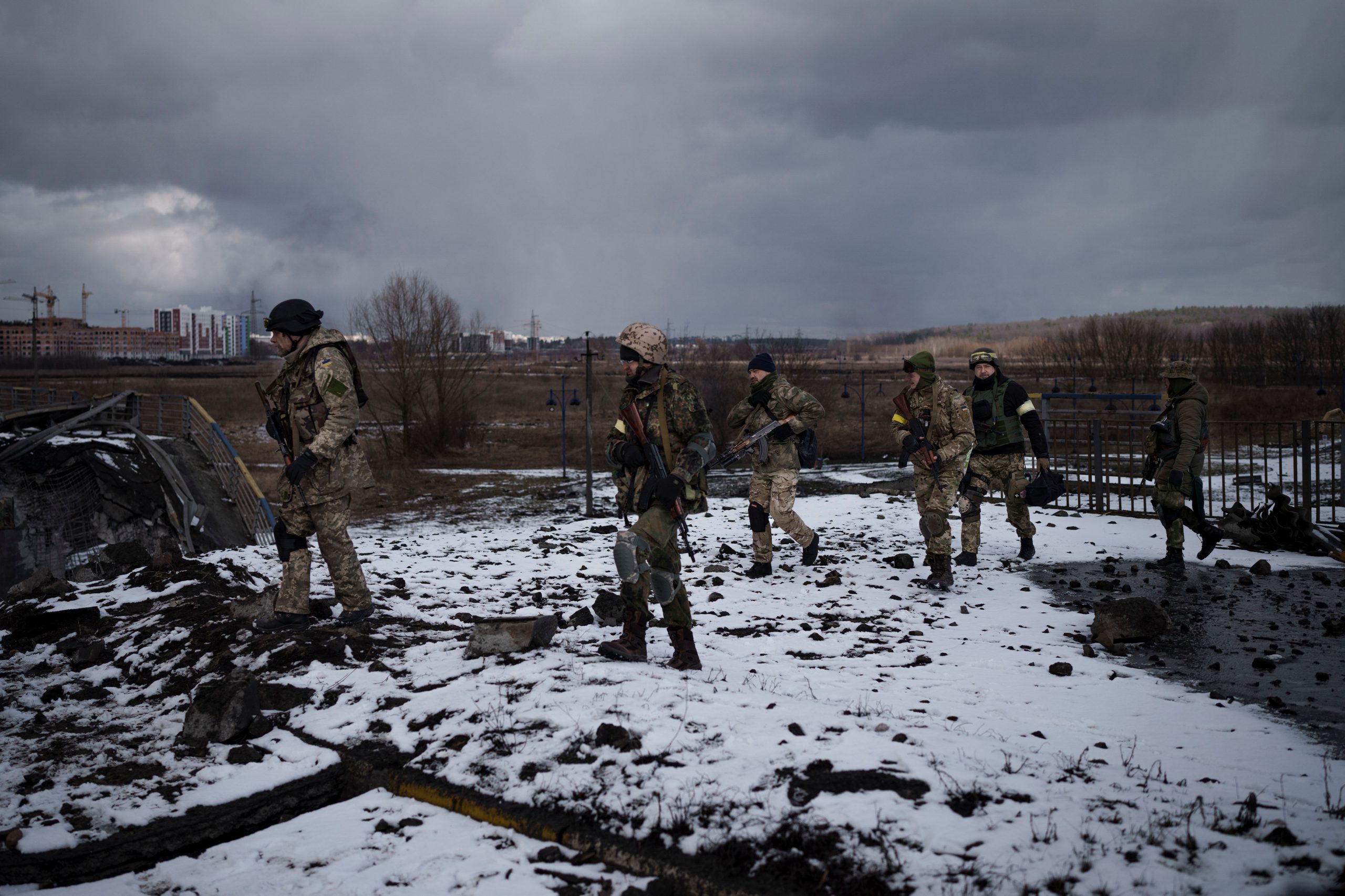Russia sent troops into Ukraine on February 24, with President Vladimir Putin vowing to “denazify” the neighbouring country. In a classic pincer move, troops entered from the north, through Belarus, and attacked the south from the Azov and Black Seas – with Russia controlling the Crimean peninsula in the latter.
With news of troops gathering at the gates of Kyiv, Ukraine had to face the possibility of the capital falling. However, a combination of Ukrainian ingenuity and Russian blunders has kept Kyiv out of Russia’s hands, with news of troops now having withdrawn from surrounding areas.
Also Read | Ukrainian nuns open their monastery doors, welcome displaced people
Among the factors that impeded Russia’s invasion, a standout was smartphones, used for the first time in military history as powerful war-time technology. Other aspects hampering Moscow’s operations include geographical conditions, Russian blunders, and Ukrainian ingenuity.
Smartphones, Russia’s dreaded panopticon
While smartphones and the internet were used from the start of the military operations, as a way to counter Russia’s narrative and document events in Ukraine, they started playing a much larger role when Dmytro Lysovyy, a Samsung executive, decided to use it in a different way.
Financial Times reported how Lysovyy acted on information from friends of his parents. They’d spotted a Russian convoy near the airport and the Samsung exec used “STOP Russian War”, a Telegram chatbot by Ukrainian security services, and input the location while sharing all other relevant data.
Also Read | Will Modi talk Ukraine with Biden or stay mum?
A little later, the convoy was attacked by Ukrainian forces.
Since then, officials have allowed Ukrainians to upload enemy locations using Diia, a government portal intended to host digital documents like COVID certificates and driving licenses.
Mstyslav Banik, a director at the ministry of digital transformation said that in the initial days before Russia destroyed the mobile towers, the Diia app created by this ministry, was of great help.
FT reported Banik admitting this is the new reality of war.
Ukrainians also have teams to filter through reports before they get passed on to the military, to prevent Russians from feeding disinformation, leading to possible ambushes.
Also Read | Explained: Russia’s brutal military culture
Stumped by the technological edge, Russian troops have tried going door to door smashing phones, laptops and similar devices. They have also tried to stop 4G, but need it themselves to communicate. However, their initial attacks on the mobile units have resulted in some miscoordination among Russian troops.
The map, the mat, and the mistake
Russian forces failed to take Irpin, which would have brought them to Kyiv’s gates. This crucial domino didn’t fall primarily due to Moscow’s blunder.
Blowing up the dam on the Irpin river flooded the land between Hostomel and Moschun, preventing Russian forces from entering in strength. They also faced fierce resistance further south in Irpin, and on April 3, Irpin was declared to be completely free of Russian presence.
Also Read | Is US being stingy with Ukrainian refugees?
Moscow also had some military errors like failing to take out Kyiv’s air defence system, and other critical parts of Ukraine’s military infrastructure.
Interestingly, Ukrainians have also hindered Moscow with foam mats called karemats, which prevent Russian thermal imaging drones from reading body heat signatures.
While Ukraine has managed to hold on to Kyiv, the nation is preparing for a second onslaught from Russian forces – this time coming from the east. Chechen leader Ramzan Kadyrov also warned today that Russia would take another run at Kyiv, and it remains to be seen if the Ukrainian measures hold.







